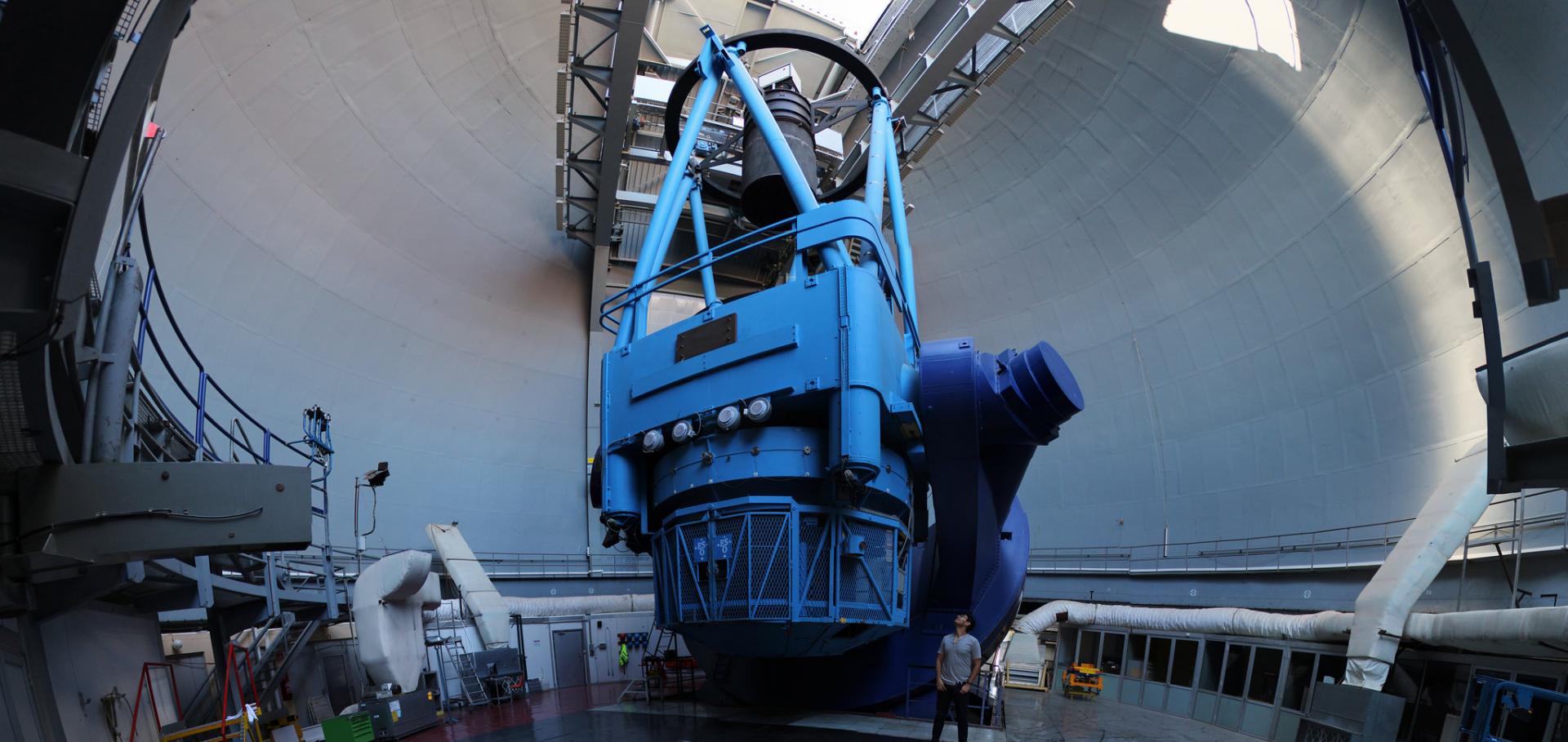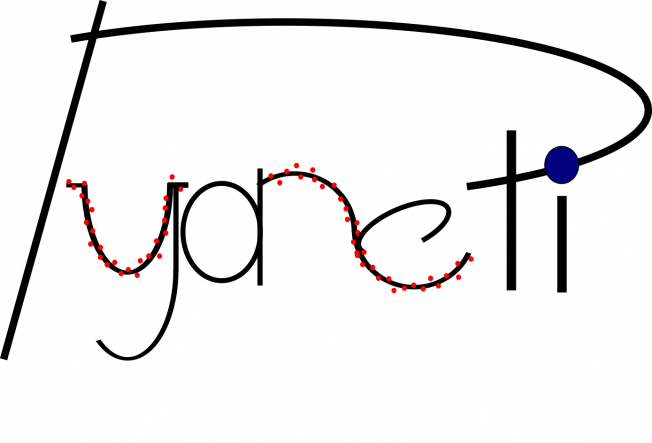My main research topic centres on exoplanets, but exoplanetary science is so wide and there are plenty of topics to study. Here I describe, briefly, the main projects/teams in which I am currently working on.
KESPRINT consortium
There is an intrinsic sense on joining people from all around the world to search for faraway worlds. With this in mind, the KESPRINT consortium was created to perform radial velocity follow-up of transiting exoplanets, first from the K2 mission, and now from the TESS mission. I joined the team since 2016 while I was doing my PhD, and I am still an active member of the consortium. We have published tens of papers with amazing exoplanets in all ranges of masses and radii.
Planet Hunters TESS
Planet Hunters TESS (PHT) invites to search for transiting planets in real photometric time-series observed by the NASA's Transit Exoplanet Survey Satellite (TESS) mission. Citizen science projects are an excellent oportunity to engaged general public into the exciting world of science, if you want to know more about this project click here.
I am a collaborator with the Planet Hunters TESS (PHT) team. We have already discovered some planets together with tens of candidates. If you want to know more about these discoveries and the volunteers that collaborated with us you can go here.
PLATO
The future of transiting exoplanet detection is the PLATO (PLAnetary Transits and Oscillations of stars) mission. PLATO is an ESA's space mission with a planned launch of 2026. One of the most powerful characteristics of PLATO is that it the instrument is an array of 24 independent telescopes, this will allow us to monitor targets with multiple cameras at the same time. I am a collaborator within the PLATO consortium, one of my main projects inside PLATO is to create an algorithm that allows to use this multi-camera approach in order to remove systematic effects, and provide light curves with only astrophysical signals.
Stellar activity modelling
Not even the stars escape the ruin of life, says Gabriel García Márquez in some pages of the book El General en su Laberinto. I know that these words are true, specially for active stars. Cataclismic magnetic-driven phenomena on stars affect photometric and radial velocity time-series that may contain exoplanet signals. It is crucial to understand how to disentangle stellar and planetary induced variations inclination in order to learn more about exoplanets. This has been one of my principal research topics since I move to Oxford in 2019. I have been working intensively on how to disentangle planetary and stellar induced signals in RVs using Gaussian Processes. I have been able to measure for the first time the mass of a young transiting planet orbiting a Praesepe member. I am currently working on real and simulated data sets in order to understand more about stellar activity and get more planets arbiting the most crazy stars.



